

| Region rejsu : Karaiby |
| Firma : Oceania Cruises |
| Statek : Insignia |
| Data rozpoczęcia : wt. 27 sty 2026 |
| Data zakończenia : niedz. 15 lut 2026 |
| Liczba nocy : 19 nocy |
| Dzień | Data | Port | Wypłynięcie | Odpłynięcie |
|---|---|---|---|---|
| 1 | 27.01 wt. | Bridgetown / Barbados | 07:00 | 17:00 |
| 2 | 28.01 śr. | Dzień na morzu / Morze | ||
| 3 | 29.01 czw. | Dzień na morzu / Morze | ||
| 4 | 30.01 pt. | Dzień na morzu / Morze | ||
| 5 | 31.01 sob. | Santarem / Brazylia | 12:00 | 20:00 |
| 6 | 1.02 niedz. | Parintins / Brazylia | 08:00 | 16:00 |
| 7 | 2.02 pon. | Manaus / Brazylia | 09:00 | |
| 8 | 3.02 wt. | Manaus / Brazylia | 16:00 | |
| 9 | 4.02 śr. | Wioska Boca de Valeria / Brazylia | 11:00 | 18:00 |
| 10 | 5.02 czw. | Alter do Chao / Brazylia | 07:00 | 16:00 |
| 11 | 6.02 pt. | Dzień na morzu / Morze | ||
| 12 | 7.02 sob. | Dzień na morzu / Morze | ||
| 13 | 8.02 niedz. | Devil’s Point / Bahamy | 07:00 | 16:00 |
| 14 | 9.02 pon. | Dzień na morzu / Morze | ||
| 15 | 10.02 wt. | Scarborough / Trinidad and Tobago | 07:00 | 17:00 |
| 16 | 11.02 śr. | Port w Hiszpanii / Trinidad and Tobago | 08:00 | 17:00 |
| 17 | 12.02 czw. | Saint-Georges / French Guiana | 07:00 | 17:00 |
| 18 | 13.02 pt. | Kingstown / Saint Vincent i Grenadyny | 07:00 | 17:00 |
| 19 | 14.02 sob. | Castries / Saint Lucia | 07:00 | 18:00 |
| 20 | 15.02 niedz. | Bridgetown / Barbados | 07:00 | 18:00 |
Twój Świat w cenie
Dzięki Twojemu Światu w cenie, będziesz cieszyć się szeroką gamą udogodnień, zapewniających najwyższy komfort i wartość rejsów ultra-premium.
Niezapomniane doznania kulinarne w licznych, wykwintnych restauracjach — wszystko bez dodatkowych opłat.
Bezpłatne kawy specjalistyczne, napoje gazowane, świeżo wyciskane soki oraz woda gazowana i niegazowana Vero Water® serwowane na całym statku.
Nielimitowany, bezpłatny dostęp do Wi-Fi w apartamentach, kabinach i wszystkich pomieszczeniach ogólnodostępnych.
Posiłki serwowane w pokoju z doskonałym wyborem dań na ciepło i zimno.
Koktajle, koktajle mleczne, gelato i firmowe lody Humphry Slocombe — zawsze w cenie.
Grupowe zajęcia fitness w Aquamar® Spa + Vitality Center są bezpłatne.
Napiwki są wliczone w cenę dla Twojej wygody.
Pranie jest bezpłatne dla wszystkich gości.
Dzięki bezpłatnym pralniom samoobsługowym na pokładzie, a także usługom prania i prasowania dla kategorii Concierge i Suite, zawsze będziesz wyglądać olśniewająco. Oprócz naszej charakterystycznej, spersonalizowanej obsługi, zapewnimy Ci wzbogacający rejs bez ukrytych kosztów i prowizji.
Podnieś poziom swoich wrażeń
Kajuty Concierge Level Veranda oferują niezrównane połączenie luksusu, przywilejów i wartości. Bogactwo udogodnień i ekskluzywnych korzyści sprawi, że Twoje wrażenia będą jeszcze bardziej wzniosłe — od dań do wyboru z The Grand Dining Room, przez bezpłatne usługi pralnicze, po nieograniczony dostęp do tarasu Aquamar Spa.
Na pokładzie Oceania Marina i Oceania Riviera możesz również skorzystać z usług dedykowanego Concierge i ekskluzywnego dostępu do prywatnego salonu Concierge Lounge.
Kajuty Concierge Level Veranda, zlokalizowane w najbardziej pożądanych miejscach statku, to coś więcej niż tylko kabiny — to niezapomniane przeżycie.
Concierge Level Veranda — Ekskluzywne przywileje
Rozszerzone menu posiłków do pokoju na lunch i kolację z The Grand Dining Room
Usługi pralnicze — do 3 sztuk bagażu na kabinę
Ekskluzywny dostęp do prywatnego salonu Concierge Lounge na statkach Oceania Marina, Oceania Riviera, Oceania Vista i Oceania Allura za pomocą karty-klucza, oferujący bezpłatne napoje, kawę, przekąski i usługi dedykowanego Concierge'a
Powitalna butelka wyśmienitego włoskiego Prosecco
Priorytetowe rezerwacje online w restauracjach specjalistycznych
Nieograniczony dostęp do tarasu Aquamar Spa
Torba z logo Oceania Cruises
Kaszmirowe koce na kolana — idealne do relaksu i przytulania
Prasowanie odzieży po wejściu na pokład
Bezpłatna usługa czyszczenia butów
Depozyt i płatności – Oceania Cruises
Depozyt ogólny:
W przypadku apartamentów typu Owner’s, Vista i Oceania Suites wymagany jest depozyt w wysokości 20% ceny rejsu od osoby.
W przypadku wszystkich pozostałych kategorii apartamentów/kabin, depozyt wynosi 500 USD od osoby.
W przypadku Grand Voyages depozyt wynosi 1500 USD od osoby.
Terminy depozytu i płatności końcowej:
Rezerwacje dokonane na ponad 150 dni przed rejsem:
Depozyt w wysokości 20% w przypadku apartamentów typu Owner’s, Vista i Oceania Suites oraz 500 USD w przypadku wszystkich pozostałych kategorii wymagany jest w ciągu 5 dni od rezerwacji.
Rezerwacje dokonane na 90–120 dni przed rejsem:
Pełna płatność wymagana w ciągu 3 dni od rezerwacji.
Rezerwacje dokonane na 0–90 dni przed rejsem:
Pełna płatność wymagana w dniu rezerwacji.
Ważne:
Rezerwacje, które nie zostaną wpłacone lub opłacone w całości zgodnie z niniejszym harmonogramem, zostaną automatycznie anulowane. O ile nie zaznaczono inaczej, płatność końcowa musi wpłynąć do Oceania Cruises na 150 dni przed wypłynięciem w przypadku rejsów krótszych niż 15 dni oraz na 150 dni w przypadku rejsów trwających 15 dni lub dłużej.
Oceania Cruises zastrzega sobie prawo do anulowania rezerwacji, które nie zostały w pełni opłacone w momencie płatności końcowej.
Informacje dodatkowe:
Dane paszportowe i specjalne prośby dotyczące usług pokładowych należy przesłać w momencie płatności końcowej.
Płatności można dokonać czekiem osobistym, kartą American Express, Discover, MasterCard lub Visa.
Dla wygody płatność końcowa może zostać automatycznie pobrana z karty kredytowej użytej do wpłaty początkowej.
Oceania Cruises nie ponosi odpowiedzialności za opłaty walutowe ani opłaty transakcyjne pobierane niezależnie przez banki wystawiające karty. Opłaty te nie przysługują Oceania Cruises.
Płatności kartami kredytowymi osób trzecich są akceptowane wyłącznie po uzyskaniu ważnej autoryzacji od posiadacza karty.
Depozyt i płatność – rejsy 180-dniowe
W przypadku rejsów 180-dniowych wymagany jest depozyt w wysokości 20% ceny rejsu od osoby za wszystkie apartamenty i kabiny w ciągu 7 dni od rezerwacji.
Ostateczna płatność musi zostać otrzymana najpóźniej 181 dni przed wypłynięciem, wraz z danymi paszportowymi i wszelkimi specjalnymi prośbami o usługi na pokładzie.
W przeciwnym razie rezerwacja może zostać natychmiast anulowana, a naliczone zostaną stosowne kary.
Forma płatności (FORMA PŁATNOŚCI)
Oceania Cruises akceptuje płatności za rezerwacje kartą kredytową/debetową lub przelewem bankowym.
Niestety, czeki osobiste nie są akceptowane.
Karty kredytowe/debetowe:
Akceptowane są karty American Express, Visa i Mastercard.
Uwaga: Oceania Cruises nie ponosi odpowiedzialności za opłaty za wymianę waluty/transakcje naliczane przez bank wystawiający kartę.
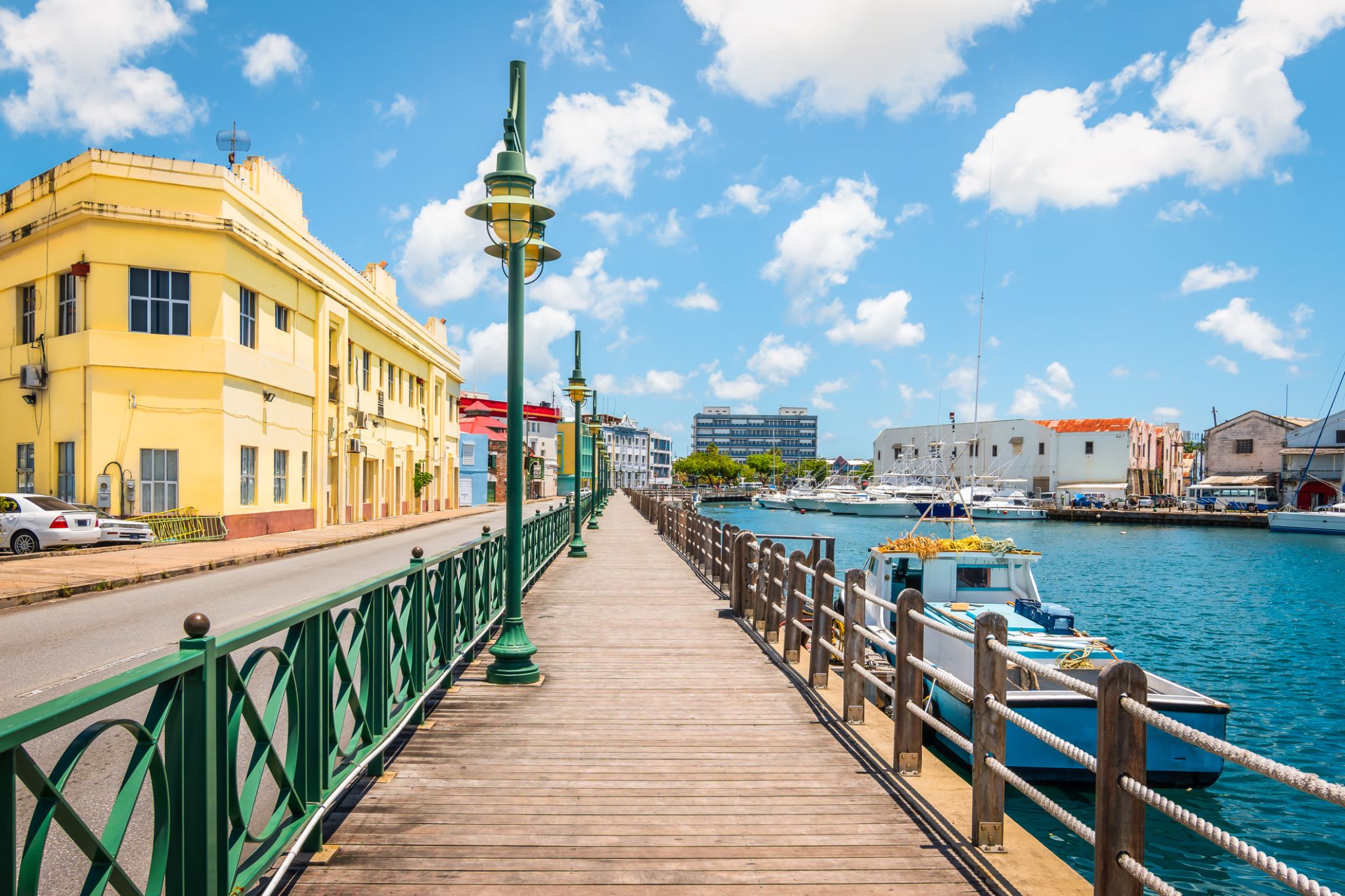
Bridgetown to stolica i największe miasto Barbadosu. Dawniej znane jako „Miasto św. Michała” (The Town of Saint Michael), obszar Greater Bridgetown znajduje się w parafii św. Michała. Miejscowi czasami nazywają je „Miastem” (The City), ale najczęściej po prostu „Town”. W 2014 roku populacja aglomeracji wynosiła około 110 000 mieszkańców.
Port Bridgetown znajduje się w zatoce Carlisle (13.106°N 59.632°W) na południowo-zachodnim wybrzeżu wyspy. Części obszaru Greater Bridgetown, ogólnie zdefiniowane przez obwodnicę (ABC Highway), leżą blisko granic sąsiednich parafii Christ Church i St. James. Międzynarodowe lotnisko Grantley Adams znajduje się 16 kilometrów na południowy wschód od centrum Bridgetown i oferuje codzienne loty do głównych miast Wielkiej Brytanii, USA, Kanady i Karaibów. Obecnie nie ma już lokalnych władz miejskich; Bridgetown jest okręgiem wyborczym w parlamencie krajowym. W latach 50. i 60. XX wieku, podczas istnienia Federacji Brytyjskich Terytoriów Indyjskich, Bridgetown było jednym z trzech miast rozważanych jako możliwa stolica federacji.
Obecna lokalizacja miasta została założona przez angielskich osadników w 1628 roku; wcześniejsza osada pod nadzorem Sir Williama Courtena znajdowała się w St. James Town. Bridgetown jest ważnym celem turystycznym na Karaibach, a także znaczącym centrum finansowym, informatycznym, konferencyjnym i portem dla statków wycieczkowych. 25 czerwca 2011 roku „Historyczne Bridgetown i jego garnizon” zostały wpisane na listę światowego dziedzictwa UNESCO.



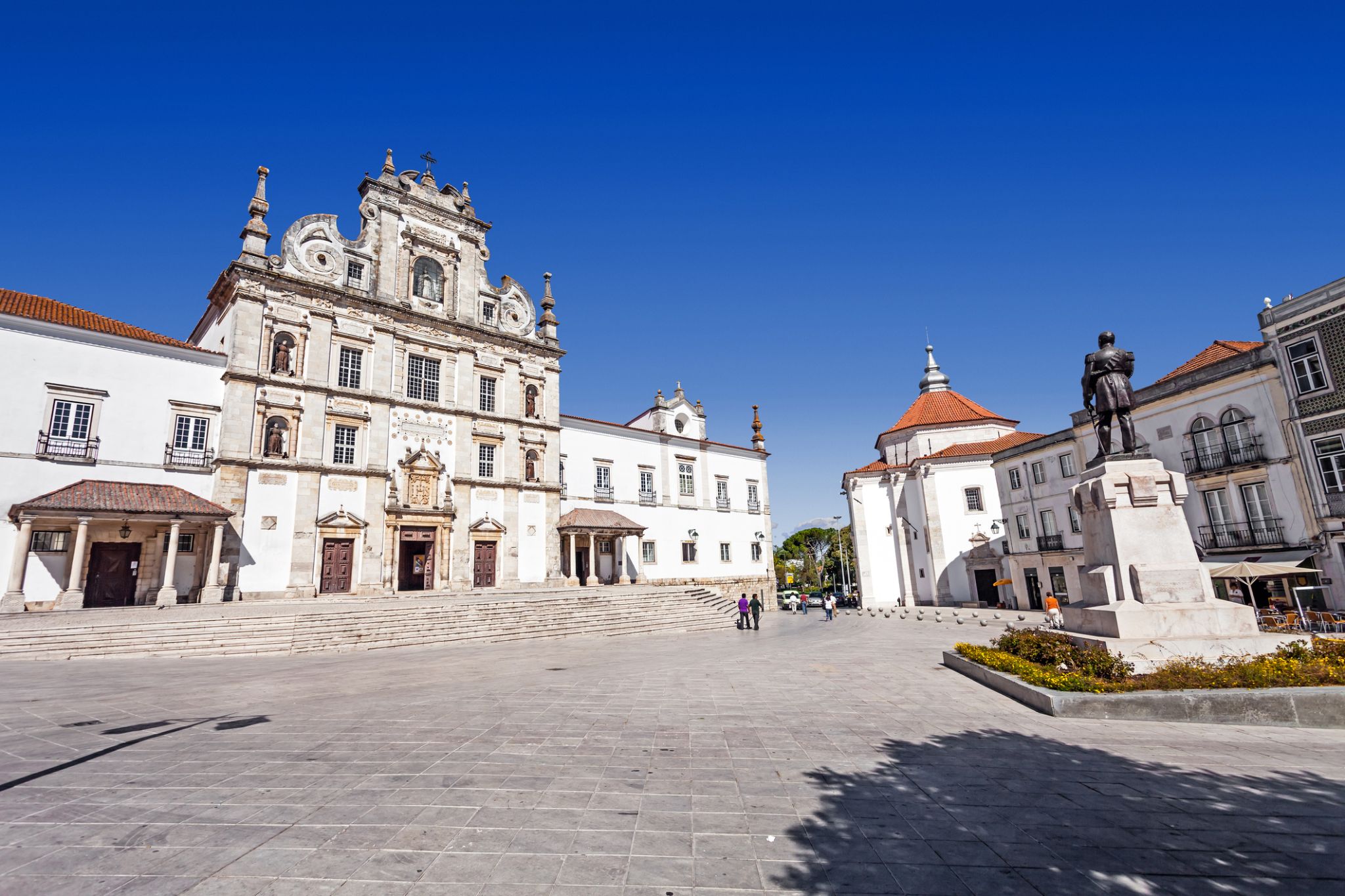
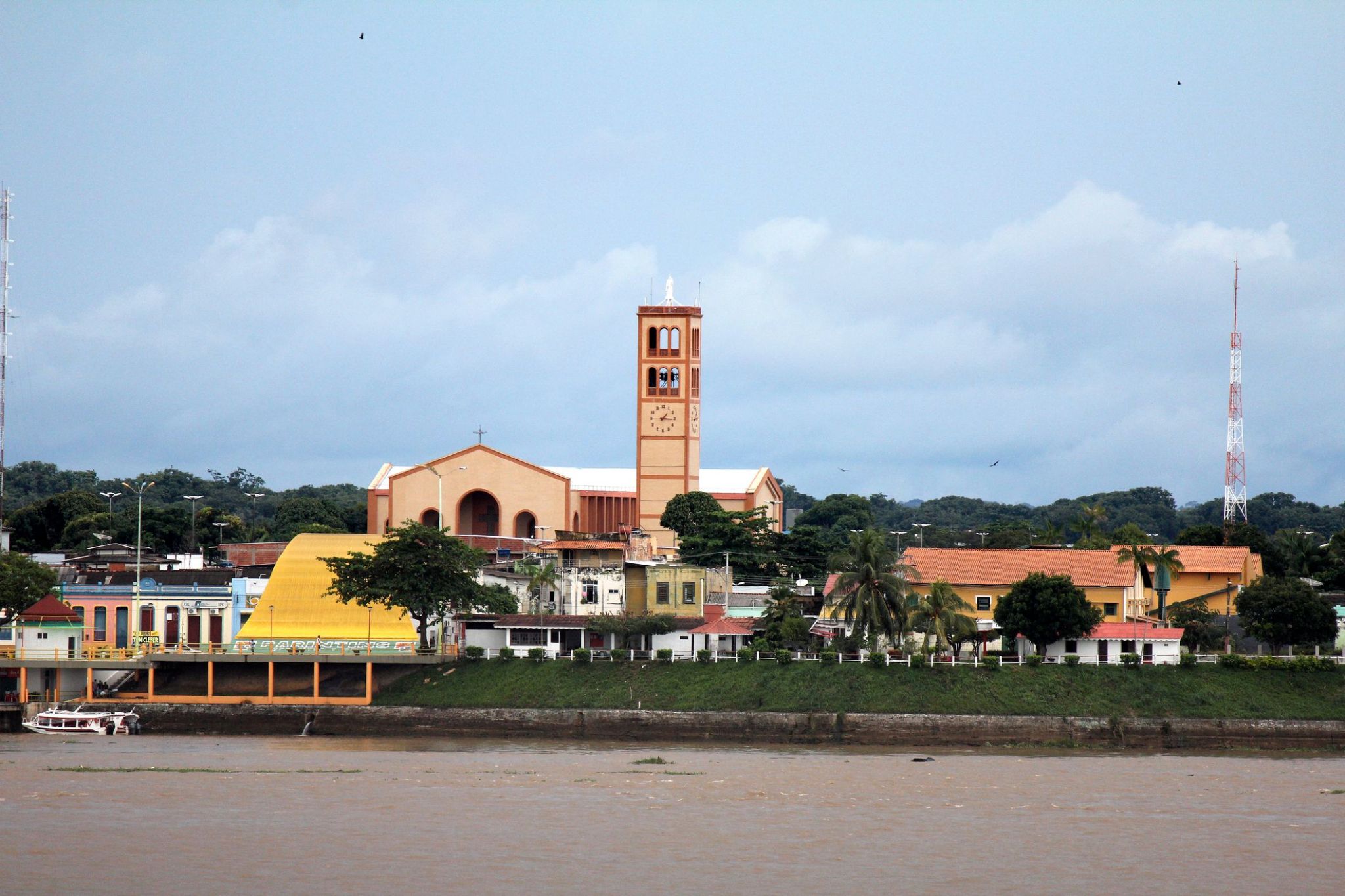
Otoczony żywymi tradycjami i malowniczą przyrodą, region na wyspie Parintins oferuje wyjątkowe połączenie kulturalnej zabawy i tropikalnej dziczy. Co roku odbywa się tu słynny festiwal Bumba-Meu-Boi, który przyciąga tysiące turystów z całego świata, pragnących zanurzyć się w lokalne legendy, muzykę i taniec. Dodatkowo okolice obfitują w rzeki i lasy, gdzie można cieszyć się spacerami i poznawać bogactwo amazońskiej fauny.
Podróż do Parintins to szansa, aby odkryć nie tylko piękno amazońskich krajobrazów, ale także żywą kulturę brazylijskiego narodu. Małe wioski z przyjaznymi mieszkańcami, tradycyjne rękodzieło i kuchnia tworzą atmosferę przytulności i autentyczności. To miejsce, gdzie każdy gość znajdzie coś dla siebie — od zapierających dech w piersiach przygód przyrodniczych po niezapomniane doświadczenia kulturalne.
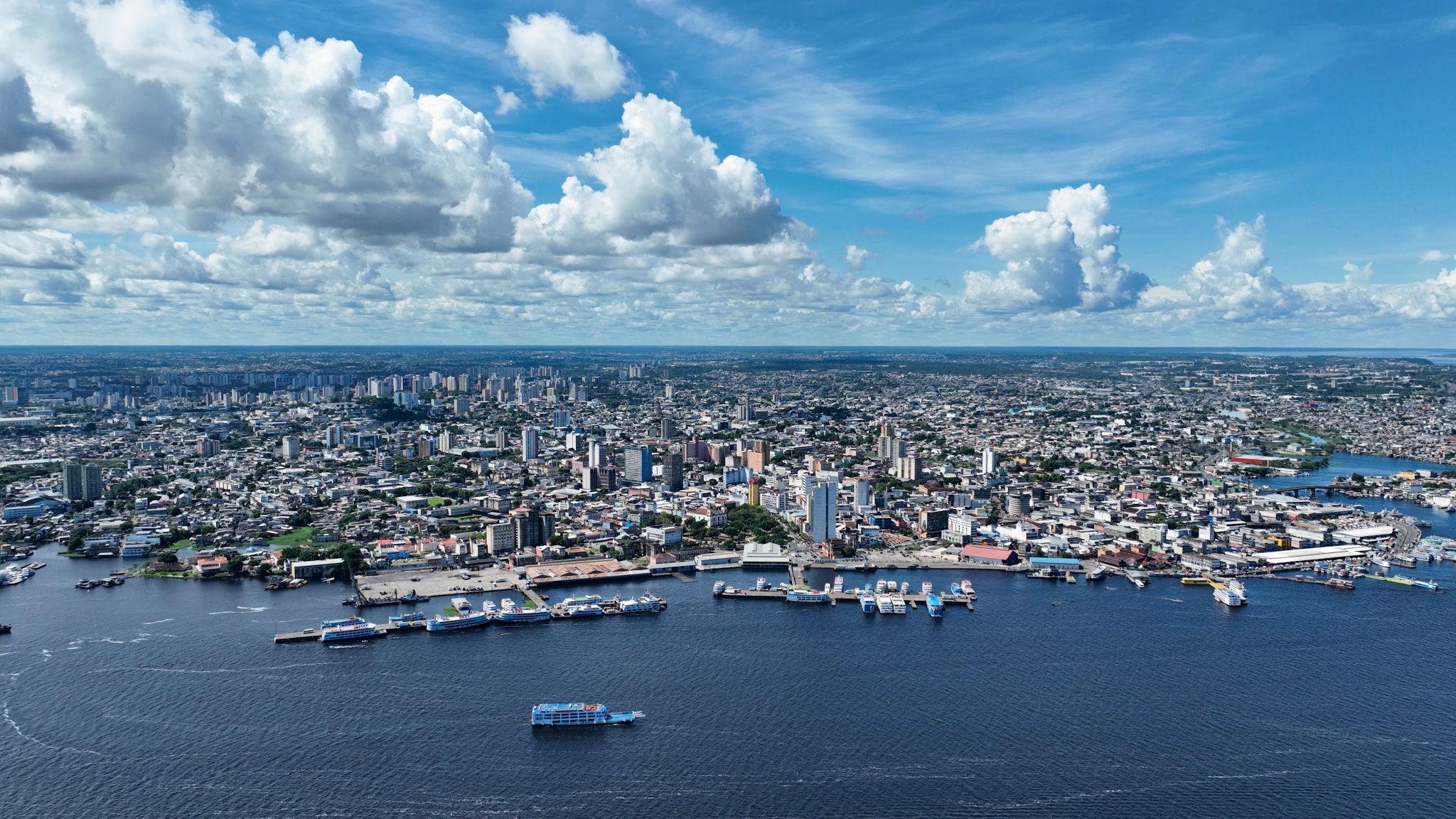
W sercu Amazonii, gdzie natura i historia łączą się w unikalną całość, znajduje się miasto Manaus — stolica stanu Amazonas i największe miasto regionu z ponad milionem mieszkańców. Zyskało sławę podczas boomu kauczukowego w ubiegłym wieku, kiedy to w 1896 roku wybudowano luksusową Operę, której materiały sprowadzono z Europy mimo wysokich kosztów. Otoczone dżunglą z trzech stron, Manaus wyróżnia się w porównaniu z europejskimi miastami zacienionymi uliczkami, niewielkimi parkami oraz tradycyjnymi czyścicielami butów. Zaledwie dziesięć minut spacerem od centrum można zobaczyć domy na palach z dachami z liści palmowych, zamieszkane przez rdzenne rodziny, które oferują autentyczną atmosferę Amazonii.
Jednym z naturalnych cudów miasta jest „Spotkanie Wód”. Tutaj ciemne, bogate w minerały wody Rio Negro łączą się z żółtawymi wodami rzeki Solimões, tworząc potężną Amazonkę. Przez około dwa kilometry te wody płyną obok siebie, nie mieszając się ze względu na różnicę temperatur, co tworzy imponujący spektakl przyrody. Manaus uważane jest za jedno z najczystszych ekologicznie miast na świecie i znajduje się zaledwie pięć godzin lotu od Rio de Janeiro — idealny punkt startowy do odkrywania niesamowitej amazońskiej dżungli.

W sercu Amazonii, gdzie natura i historia łączą się w unikalną całość, znajduje się miasto Manaus — stolica stanu Amazonas i największe miasto regionu z ponad milionem mieszkańców. Zyskało sławę podczas boomu kauczukowego w ubiegłym wieku, kiedy to w 1896 roku wybudowano luksusową Operę, której materiały sprowadzono z Europy mimo wysokich kosztów. Otoczone dżunglą z trzech stron, Manaus wyróżnia się w porównaniu z europejskimi miastami zacienionymi uliczkami, niewielkimi parkami oraz tradycyjnymi czyścicielami butów. Zaledwie dziesięć minut spacerem od centrum można zobaczyć domy na palach z dachami z liści palmowych, zamieszkane przez rdzenne rodziny, które oferują autentyczną atmosferę Amazonii.
Jednym z naturalnych cudów miasta jest „Spotkanie Wód”. Tutaj ciemne, bogate w minerały wody Rio Negro łączą się z żółtawymi wodami rzeki Solimões, tworząc potężną Amazonkę. Przez około dwa kilometry te wody płyną obok siebie, nie mieszając się ze względu na różnicę temperatur, co tworzy imponujący spektakl przyrody. Manaus uważane jest za jedno z najczystszych ekologicznie miast na świecie i znajduje się zaledwie pięć godzin lotu od Rio de Janeiro — idealny punkt startowy do odkrywania niesamowitej amazońskiej dżungli.
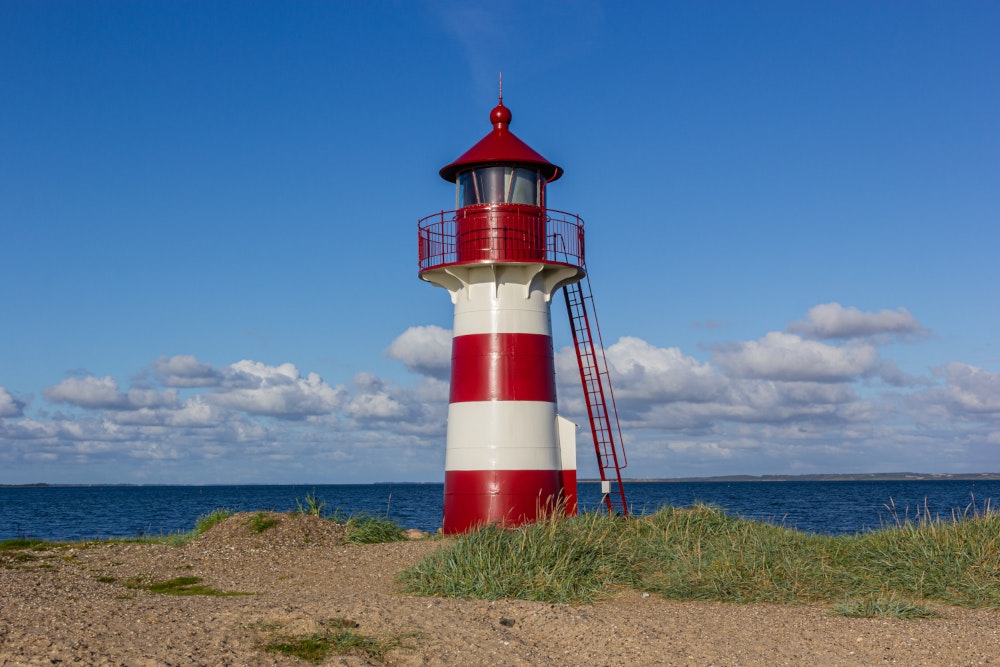

Plaże z białym piaskiem, które pojawiają się i znikają w zależności od poziomu wody w Amazonce, czynią Alter do Chão prawdziwym cudem natury Brazylii. Miejsce to, położone w stanie Pará, często nazywane jest „brazylijskimi Karaibami” dzięki krystalicznie czystej wodzie, palmowym krajobrazom i miękkiemu piaskowi. Turyści przyjeżdżają tu nie tylko dla plaż, ale także dla atmosfery rybackiej wioski, w której można spróbować świeżych ryb i poczuć spokój dżungli.
Szczególnie popularne jest Alter do Chão we wrześniu, gdy odbywa się coroczny festiwal Sairé — barwne wydarzenie z tradycyjnymi tańcami, strojami i paradami łodzi. Poszukiwacze przygód mogą pływać kajakiem po zalanych lasach, obserwować różowe delfiny rzeczne lub zwiedzać starożytne stanowiska archeologiczne. To miejsce, gdzie kultura, przyroda i magia Amazonii łączą się w jedną, niezapomnianą podróż.



Zapierające dech w piersiach krajobrazy i dziewicza cisza witają podróżnych na Devil’s Point, najbardziej wysuniętym na południe punkcie wyspy Cat Island (Wyspa Kota). Pomimo złowrogiej nazwy, to miejsce oferuje rzadką szansę na samotność pośród rozległego Oceanu Atlantyckiego. Tu słońce zachodzi w wodzie, a delikatna bryza niesie wszystkie troski.
Dla poszukiwaczy przygód i romantyków Devil’s Point jest idealnym miejscem na wędrówki, fotografię i ciche rozmyślania na łonie natury. Według legendy przylądek zawdzięcza swoją nazwę niezwykłym skałom i silnym prądom, które przez wieki myliły żeglarzy. Dziś to spokojny zakątek, gdzie słychać jedynie szum fal i krzyki ptaków morskich.

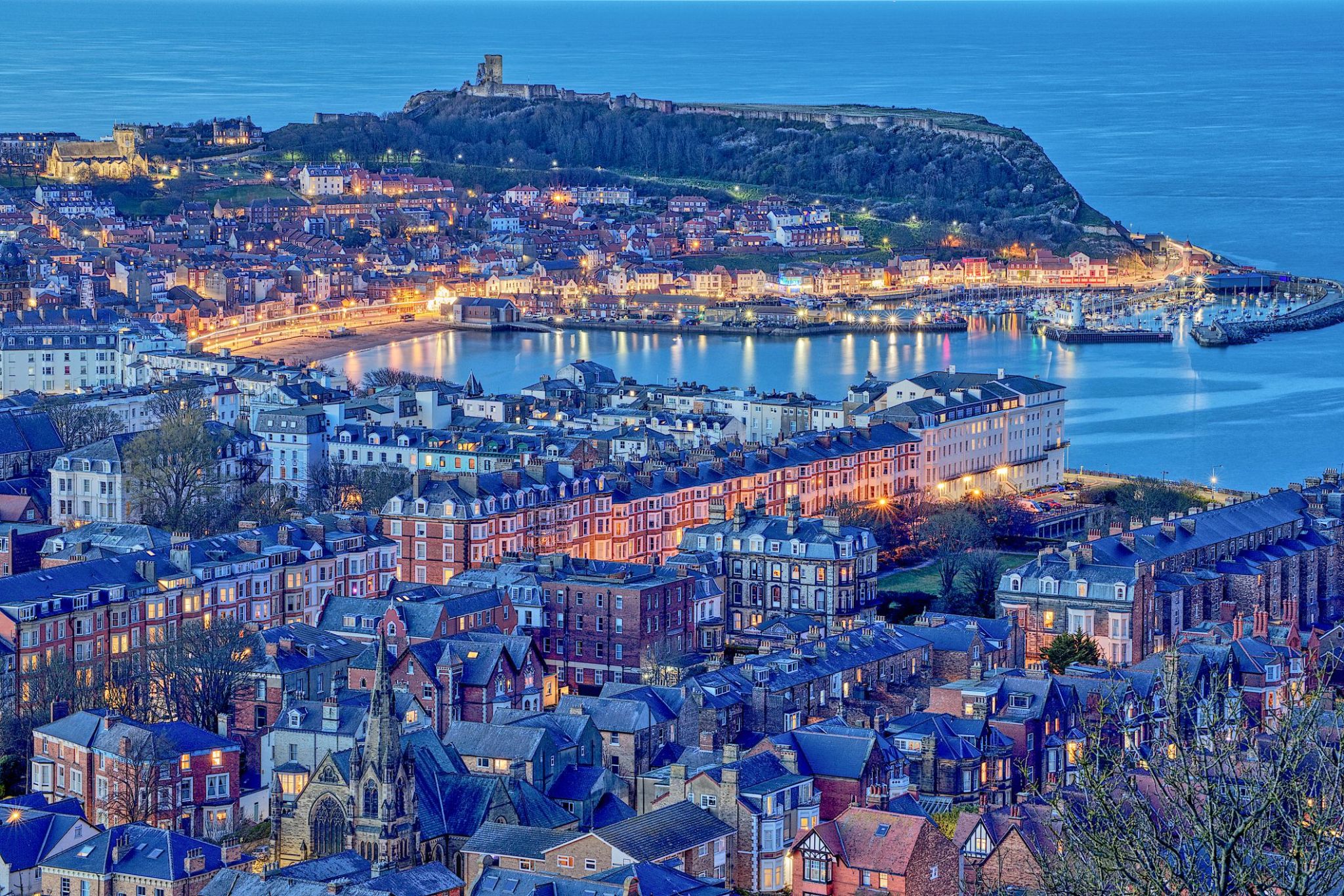
Scarborough (Tobago) to urokliwe miasteczko położone na wschodnim wybrzeżu wyspy Tobago na Morzu Karaibskim. Jako stolica wyspy, stanowi centrum życia kulturalnego i historycznego regionu. Miasto słynie z malowniczych uliczek, tętniących życiem targowisk i zabytkowych budynków, które harmonijnie współistnieją z nowoczesną architekturą. Do najważniejszych atrakcji należy kościół św. Anny z 1770 roku, będący ważnym elementem dziedzictwa miasta. Popularnością cieszy się również lokalny targ, na którym można kupić świeże owoce, przyprawy i rękodzieło.
Poza bogactwem kulturowym Scarborough oferuje piękne widoki przyrodnicze. W pobliżu znajdują się plaże z białym piaskiem i krystalicznie czystą wodą, idealne do kąpieli i nurkowania. Szczególnie popularna wśród turystów jest zatoka Pleasant, znana z pięknych krajobrazów i podwodnego świata. Scarborough to doskonała baza wypadowa do odkrywania rezerwatów przyrody Tobago i aktywnego wypoczynku.

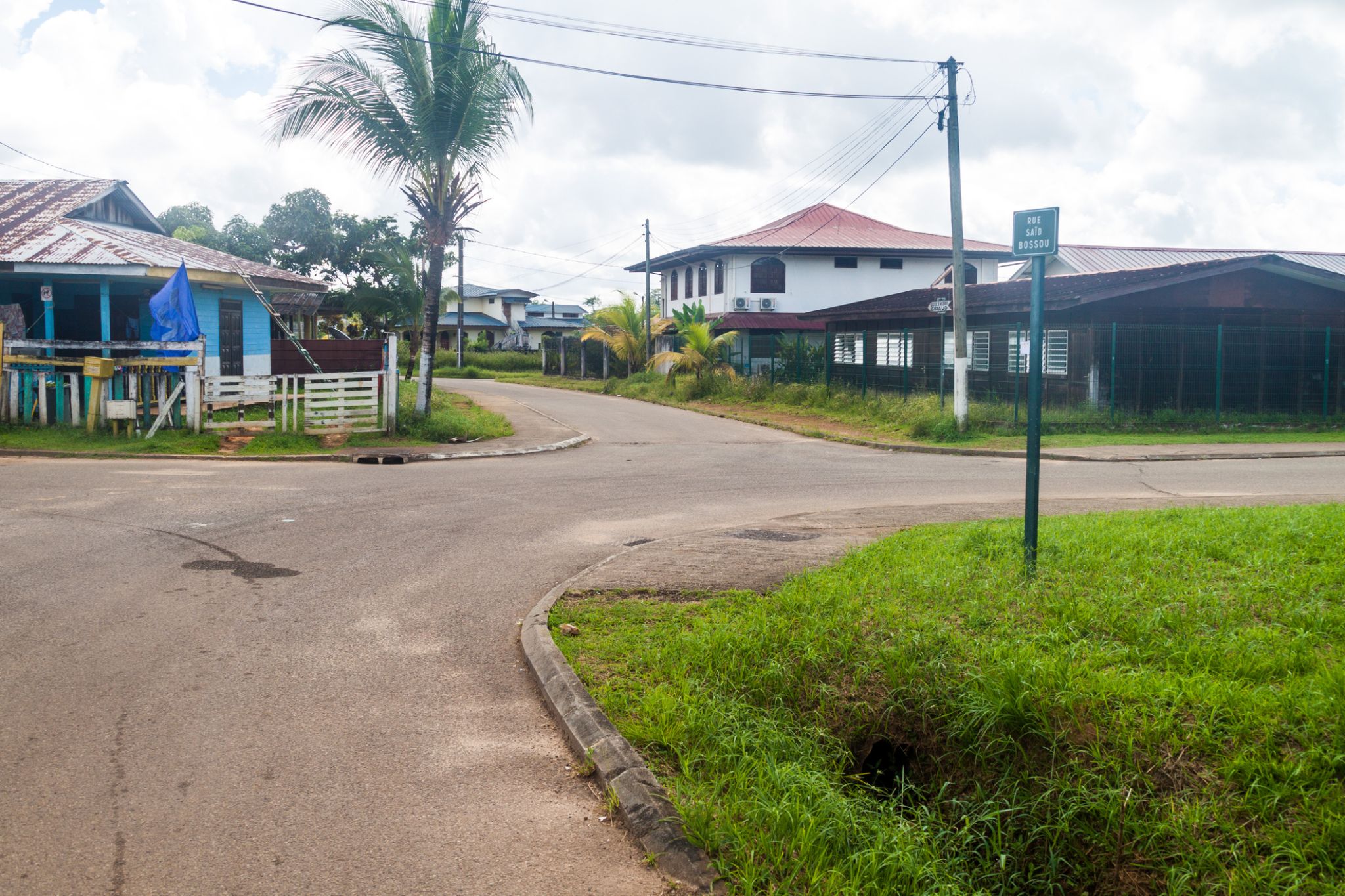
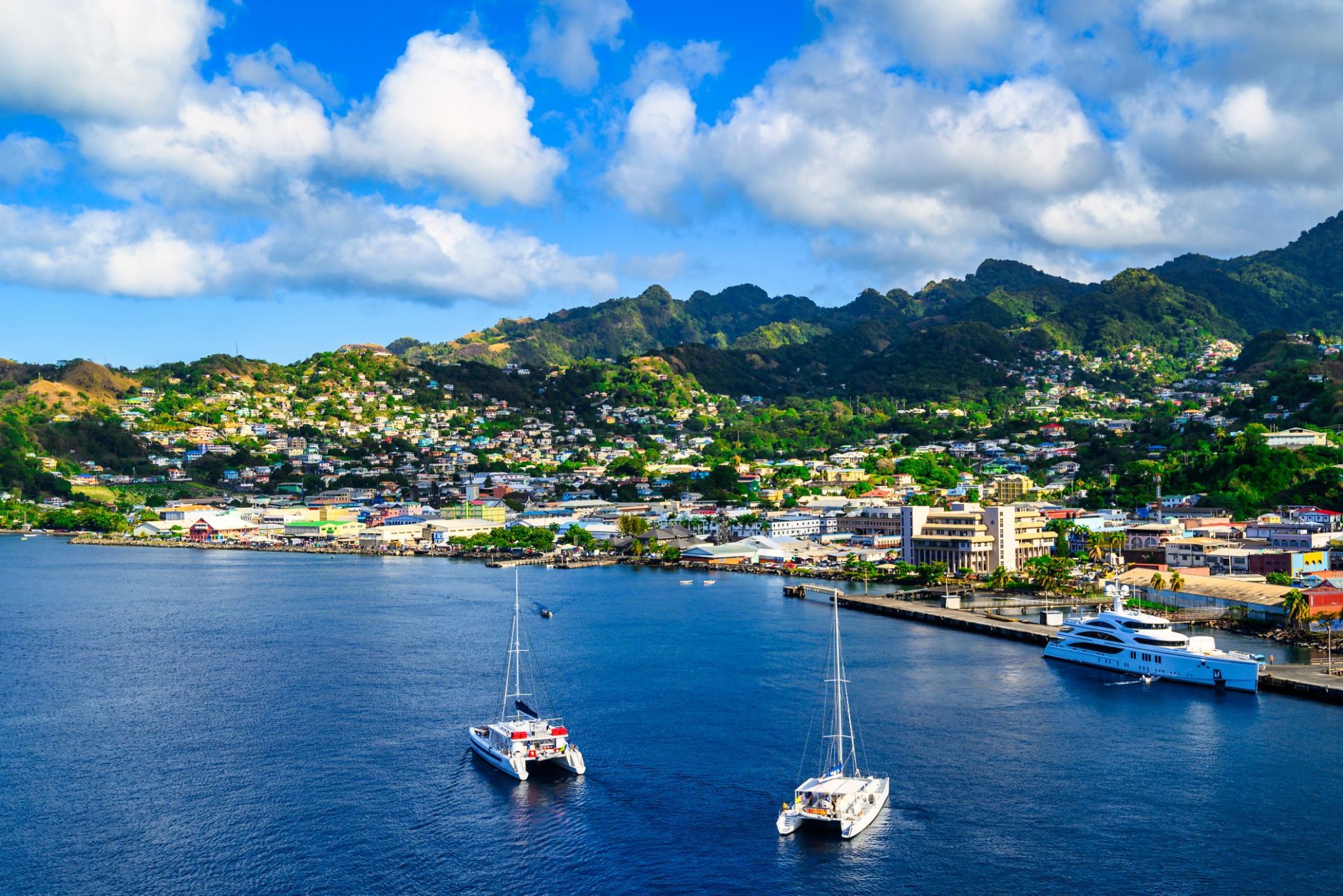
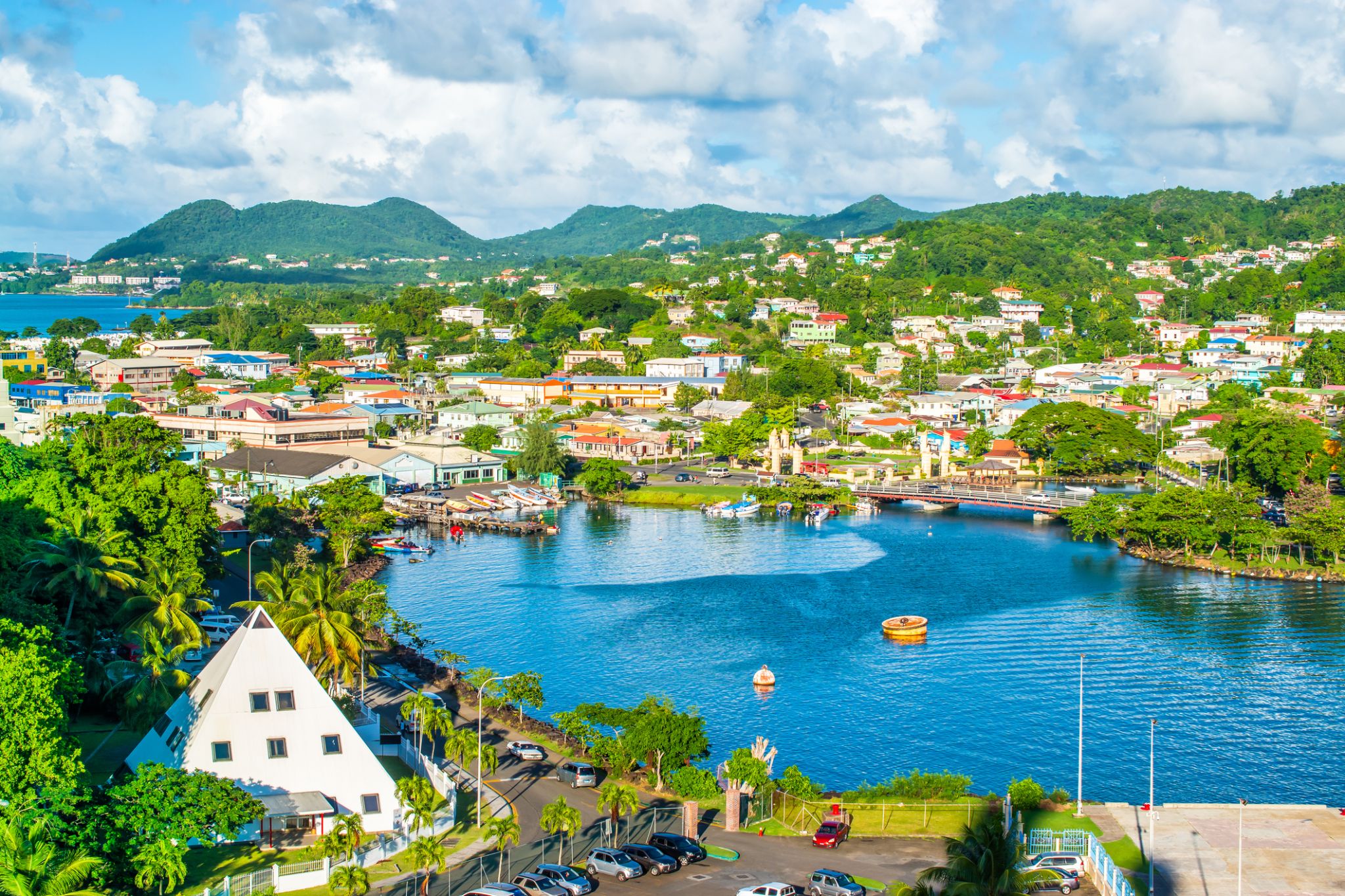

Bridgetown to stolica i największe miasto Barbadosu. Dawniej znane jako „Miasto św. Michała” (The Town of Saint Michael), obszar Greater Bridgetown znajduje się w parafii św. Michała. Miejscowi czasami nazywają je „Miastem” (The City), ale najczęściej po prostu „Town”. W 2014 roku populacja aglomeracji wynosiła około 110 000 mieszkańców.
Port Bridgetown znajduje się w zatoce Carlisle (13.106°N 59.632°W) na południowo-zachodnim wybrzeżu wyspy. Części obszaru Greater Bridgetown, ogólnie zdefiniowane przez obwodnicę (ABC Highway), leżą blisko granic sąsiednich parafii Christ Church i St. James. Międzynarodowe lotnisko Grantley Adams znajduje się 16 kilometrów na południowy wschód od centrum Bridgetown i oferuje codzienne loty do głównych miast Wielkiej Brytanii, USA, Kanady i Karaibów. Obecnie nie ma już lokalnych władz miejskich; Bridgetown jest okręgiem wyborczym w parlamencie krajowym. W latach 50. i 60. XX wieku, podczas istnienia Federacji Brytyjskich Terytoriów Indyjskich, Bridgetown było jednym z trzech miast rozważanych jako możliwa stolica federacji.
Obecna lokalizacja miasta została założona przez angielskich osadników w 1628 roku; wcześniejsza osada pod nadzorem Sir Williama Courtena znajdowała się w St. James Town. Bridgetown jest ważnym celem turystycznym na Karaibach, a także znaczącym centrum finansowym, informatycznym, konferencyjnym i portem dla statków wycieczkowych. 25 czerwca 2011 roku „Historyczne Bridgetown i jego garnizon” zostały wpisane na listę światowego dziedzictwa UNESCO.